What did you do before creating Thunderflower Gin? For the last 13 years myself and my wife Anicca have been actively running our cookery school and chefs academy business located in the heart of Devon, and we are surrounded by chefs, ingredients and flavours. Prior to that I was a designer and marketer, so all of our branding and design is done in house. Anicca handles all the sales and marketing. What made you decide to create Thunderflower Gin? A few years ago we ran some mixology classes at the cookery school, and I started looking into the possibility of a setting up a gin course - with the mini copper alembics. I learned how to distill and to make a gin properly and started using a 25L pot still and fell in love with the process. At that scale every minor tweak and change to your process has an amplified impact on the final spirit so I like the precision of making but also the creative aspects of recipes, and branding. How did you get from the idea to launching Thunderflower Gin? We never set out to launch a gin brand, so for a year I was perfecting distillation and recipe development for ourselves to enjoy. Then we went to a Gin Festival and sampled a decent selection of 'craft' gins, that we returned home and felt that our gin was at least as good. Not surprising really as it was developed for our palates. It was at that point that we decided to bring it to market and see if anyone else agreed - and Thunderflower Gin was born. Almost immediately we started getting positive feedback and picked up some awards along the way, which has given us confidence to scale up. How do you go about developing your gin recipes and botanical combinations? We use a quite a few botanicals in our gins as we like complex flavours. When we start with a recipe we select broad flavour zones such as Spice, Floral, Herbal, Citrus for example to decide where the flavour balance of the gin is going to be and then select the various botanicals that match the balance. We then start building a recipe from there, adding and removing botanicals and adjusting the various quantities over a series of iterations until we get a balance that is just right. What is your distillery like? Ours is a nano-distillery with one distillery room that is home to our 200L still and resting tanks, a bottling room and a store room. It’s compact but well organised as you need to be when space is tight. We may be moving to a larger space next year though which would be exciting. Can you tell us more about your distillation process? Our ‘one-shot’ distillation process uses vapour infusion, which is where the spirit rises through a basket of botanicals to be infused with the flavours before being condensed out at no less than 70% ABV. The resulting strong gin is diluted with Dartmoor Natural Spring water to the final alcoholic strength and that’s what ends up in the bottle, nothing else. What botanicals go into Thunderflower Gin? Aside from the ubiquitous Juniper, Coriander and Angelica Root as the canvas, Thunderflower Devon Dry Gin has warming spice from Pink Peppercorns, Cassia Bark and Cardamom; citrus from Lemon Peel & Lemon Grass; and herbal and floral notes from Sage, Elderflower and Heather. Liquorice adds some bass earthy notes and natural sweetness as well. This all creates a deep, complex gin with lots of tastes to savour which is enhanced with a piece of citrus to garnish. For our Navy Strength gin, FireShip 58, we didn’t want to make just a stronger version of Thunderflower Gin, but we wanted it to be clearly from the same stable and so we use many of the botanicals from that. The name is inspired by 'Fire Ships' which were used in ancient battles whereby a small ship would be set ablaze and steered into the enemy fleet to set them on fire. We imagined the sailors slugging some gin before setting ablaze barrels of gin and spices and steering the fireship on its way. So, on top of the Thunderflower base we have used a number of different spices such as Cubebs, Grains of Paradise and All-Spice, as well as Orange Peel and Calamus Root. This gin is very complex and ideal for use in a Negroni where the higher ABV and strength of the spices cut through and compliment the vermouth and bitters. What have been your biggest challenges and achievements so far? Probably the biggest challenge to date has been scaling up volume in 2020. Each still is its own character and you can’t just run a larger still in the same way and get the same results, so moving up to a larger 200L and scaling up production was challenging but very worthwhile. In terms of recent achievements, we have been really delighted to pick up some great awards along the way for both gins. Gold medals in World Gin Awards and Gin Masters awards have been great morale boosts and reaffirm we are making something that others like as well. Winning the Industry Choice Award at The Gin Guide Awards in 2021 was especially wonderful as it was voted for by people that are so knowledgeable and passionate about the Gin Category. There’s a lovely community of distillers, enthusiasts, and experts in the Gin world that we love. What's your favourite way to drink Thunderflower Gin?
Which gins would you always have on your gin shelf (other than your own of course!)? Papillon Gin and Gywr Gin. What's next for Thunderflower Gin - any exciting plans? We’ve been doing a lot of events and food festivals since everything opened up after lockdown, which have been really enjoyable. We’ve also enjoyed working in partnership with other brands to help realise their small-batch gins for them. We recently worked with the lovely Meadfoot Bay Hotel to develop a recipe for Shag Rock Gin from botanicals foraged from around the Torquay coast. This year we will be at Junipalooza in London for the first time, which is exciting as we will be with so many of the gin brands that we have grown up with and admire, and it will be a great opportunity to meet the gin community. And we may well be testing out a couple of unmarked bottles of new spirits. We may not release new gins all the time, but when we do, we want it to be worth the wait! You Might Also Like... Review: The Gin Guide's tasting Notes and Review of Thunderflower Gin Buy: Order direct from Thunderflower Distillery Comments are closed.
|

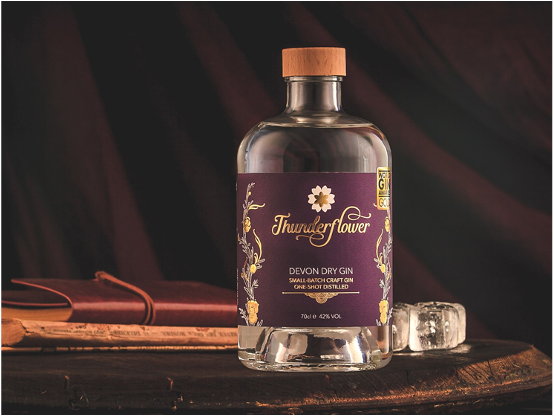
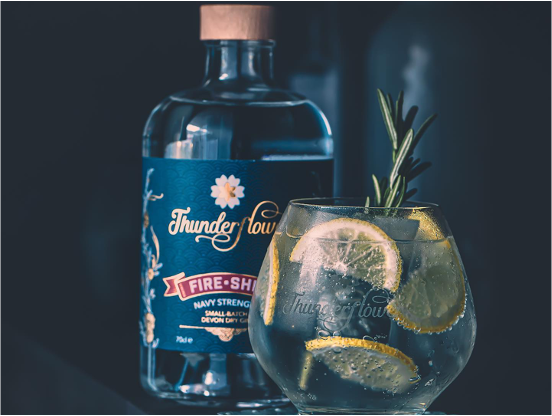
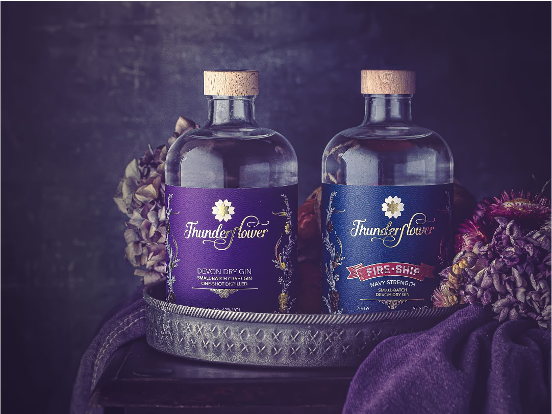
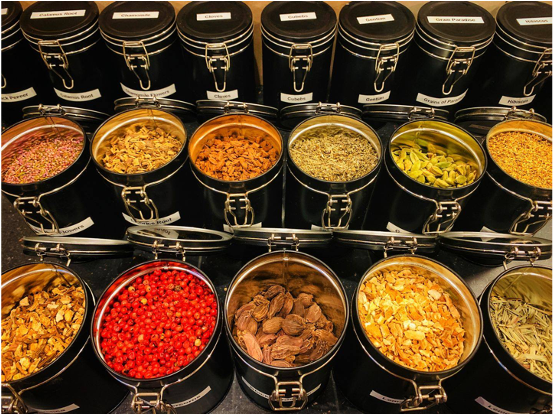

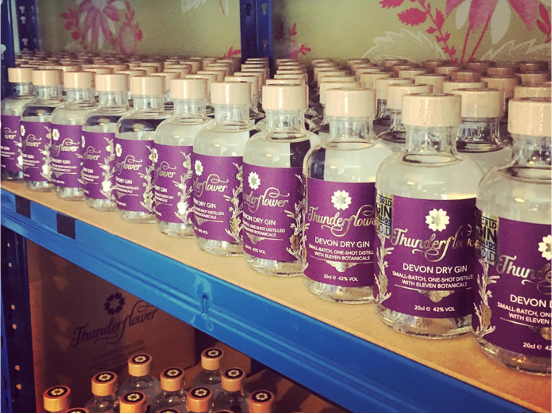
 RSS Feed
RSS Feed


